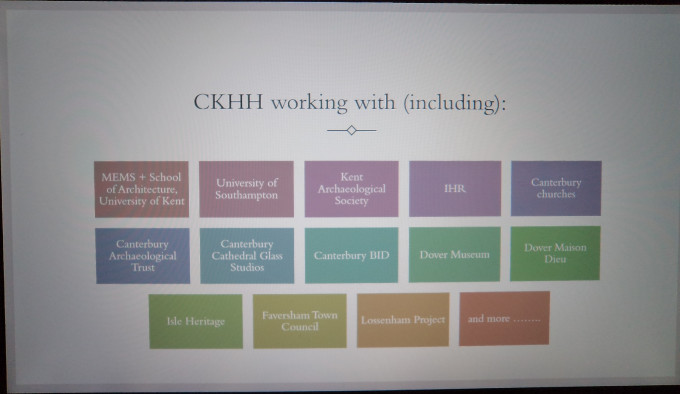Because the blog would get caught up with the Bank Holidays next week, I thought it was more sensible to use this week to give just a brief round-up of some of the high points from this year, and then in the first week of January offer some pointers about what CKHH will be doing in 2023.
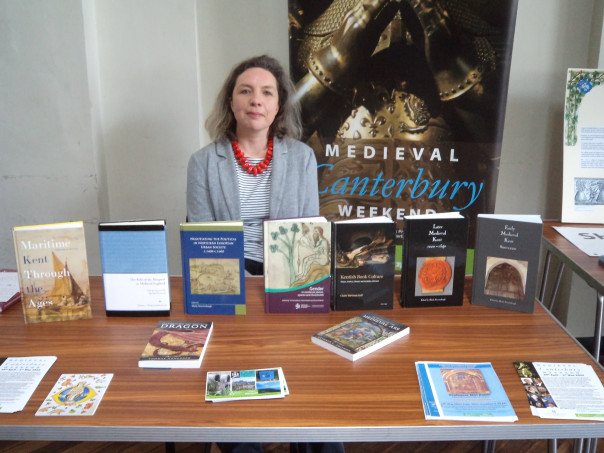
To highlight matters for the three of us, Dr Diane Heath has been leading her NHLF-funded ‘Medieval Animals Heritage’ project which has been aiding SEND children and their families; Dr Claire Bartram has been heavily involved in the Canterbury Festival and organising the IHR-Centenary ‘Imagining Dover’ project, while I have been working with Dr Craig Lambert on the Janus Foundation-funded 3 year ‘Kent’s Maritime Communities’ project, which also includes 2 doctoral research projects at CCCU, Kieron and Jason having started this autumn. Furthermore, we had our annual History Weekend, which this year was the Medieval Canterbury Weekend 2022, as well as several other conferences, workshops etc, often in collaboration with other organisations in the history and heritage sectors, especially Kent Archaeological Society and the Friends of Canterbury Archaeological Trust. Additionally the Kent History Postgraduates group has both expanded and been exceedingly busy this year, and a good number of the blogs feature their research and outreach activities: https://blogs.canterbury.ac.uk/kenthistory/ Equally important, we would like to thank them for all the help they have given towards Centre events over the year, without our brilliant team of postgraduate and undergraduate student volunteers we just couldn’t do all the activities etc that make the CKHH what it is. Similarly, this is the right time to mention all the help and support we have had from the CCCU Bookshop. Craig and his team always go the extra mile (or more) to ensure our audiences are well served. Also, the AV Team and Hospitality have been great, so many thanks to you too.
Hopefully this summary with some links will demonstrate the wide range of the Centre’s activities, as well as give you the opportunity to explore in a bit more depth what has been happening as part of our key projects.
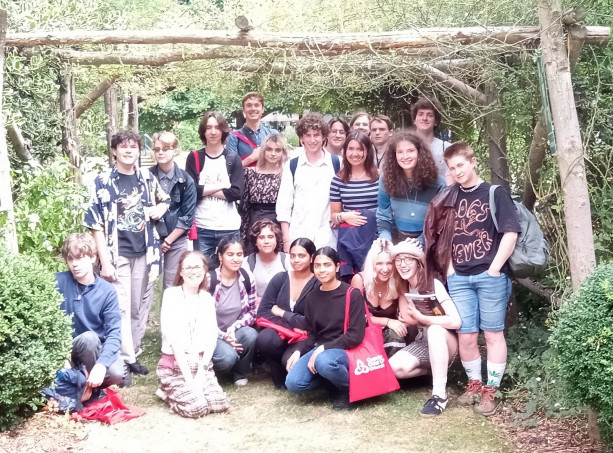
‘Medieval Animals Heritage’: as part of her project, Diane has been working with a team of Latin scholars who have volunteered to translate entries for different animals from the first family bestiary and last January they were working on the lion: https://blogs.canterbury.ac.uk/kenthistory/from-medieval-animals-to-maritime-communities-kent-history-and-heritage-in-action/ Since then they have worked on a whole range of animals, the latest being the phoenix and then in January they’ll be tackling the ant. This part of the project has two aims, to produce a scholarly edition of this early bestiary and to provide inspiration for animal story telling by children (and adults).
One place that has been especially good for Diane’s project has been Wildwood, and we had a great time there during the February half term, as you can see: https://blogs.canterbury.ac.uk/kenthistory/lossenham-medieval-animals-heritage-and-khp/ and in that week’s blog I was also able to feature Claire’s Dover project and the Lossenham Project, another venture, closely tied to ‘Maritime Communities’, where CKHH has been a major contributor in a variety of ways. Animals equally featured in the architecture competition run in collaboration with the University of Kent’s School of Architecture, which produced some great designs from these budding young architects: https://blogs.canterbury.ac.uk/kenthistory/canterbury-lossenham-and-lenham-crossing-boundaries/ and this is the winning design in situ: https://blogs.canterbury.ac.uk/kenthistory/dragons-and-pilgrims-celebrating-kent/ while as an offshoot to the main funded project, Diane and Dr Pip Gregory, with a team of volunteers drawn from staff, students and those from outside the university, created a ‘Green Dragon’ in the Becket Garden under the Sustainability initiative. You can follow its progress in several blogs such as this one that shows its new ‘companion’: https://blogs.canterbury.ac.uk/kenthistory/aiding-postgraduates-and-the-ian-coulson-fund/ which is located next to its ‘parent’. Finally, the Becket Play at Sandwich was a major success, Diane aided by Martin Crowther, who is becoming more involved in the project: https://blogs.canterbury.ac.uk/kenthistory/conflict-in-kent-from-becket-to-modern-times/ and the idea of creating a play will be repeated next year.
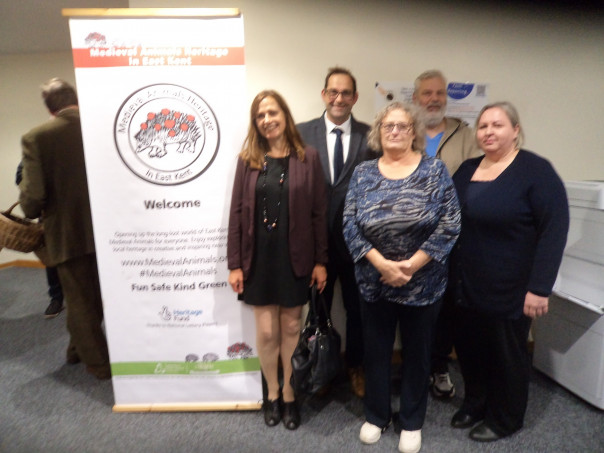
Canterbury Festival (and I thought I would throw in the ‘Medieval Pageant’ for good measure), first the Medieval Pageant when CKHH was primarily based in St Paul’s church hall where the young and the not-so young ‘pilgrims’ had a great time designing ‘stained glass windows’ and making ‘medieval floor tiles’, as well as animal badges: https://blogs.canterbury.ac.uk/kenthistory/medieval-pageant-and-much-more/ while Diane and other helpers were on the CCCU campus at the Green Dragon. And to give you a flavour of just how busy CKHH has been, herewith one of the summer blogs: https://blogs.canterbury.ac.uk/kenthistory/dragons-becket-and-lossenham-a-busy-summer/ as well as highlighting just how good the weather was!!
Now to the Festival and the ‘lunchtime lectures’ that Claire organised for CCCU staff to showcase their research: https://blogs.canterbury.ac.uk/kenthistory/canterbury-and-medway-bringing-history-alive-in-kent/ and https://blogs.canterbury.ac.uk/kenthistory/kent-history-and-heritage-engaging-communities/ on a broad range of topics.
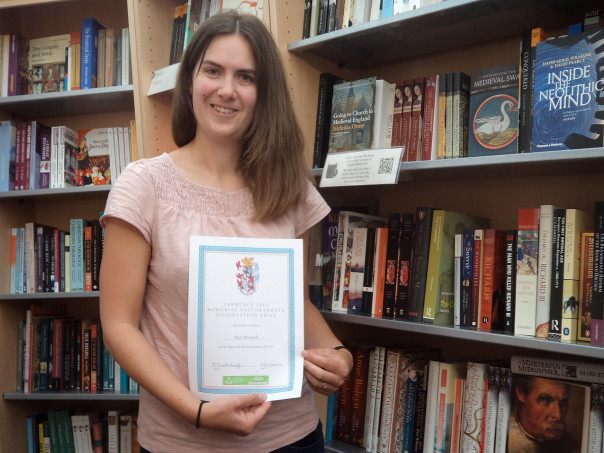
‘Imagining Dover’: was launched on 23 April: https://blogs.canterbury.ac.uk/kenthistory/kent-history-postgraduates-ckhh-projects-and-students-in-the-archives/ thereby coinciding with the Kent History Festival, the first of two such events, where the second in Medway later in 2022 was masterminded by Peter Joyce, a doctoral student and the KAS Outreach and Events Officer, and these will become an annual celebration of Kent’s history. To return to Dover, it is a fascinating place and the town contains several important medieval buildings: https://blogs.canterbury.ac.uk/kenthistory/canterbury-dover-and-nonington-celebrating-histories/ St Edmund’s chapel, a cemetery chapel for the Maison Dieu where the hospital’s secular priest brothers celebrated Mass for the souls of poor pilgrims (and travellers) who died there, being one of my favourites. If you want to discover or re-discover ‘Imagining Dover’ here it is: https://blogs.canterbury.ac.uk/kenthistory/imagining-dover/ just click to get the digital exhibition.
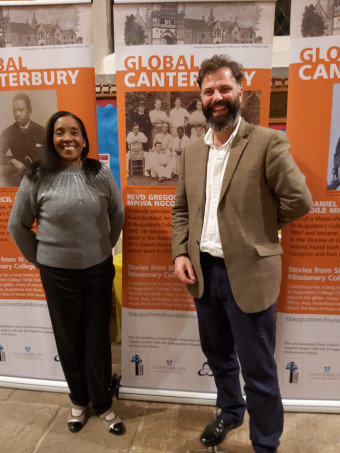
‘Kent’s Maritime Communities’: in many ways grew out of the Maritime Kent project with its two conferences and book: https://blogs.canterbury.ac.uk/kenthistory/mcw-2022-maritime-communities-eco-heritage-and-lossenham-showcasing-kent-history/ and has given me a chance to collaborate with Craig Lambert from the University of Southampton: https://blogs.canterbury.ac.uk/kenthistory/pilgrims-tithe-and-maritime-communities-exploring-kents-history/ as well as getting back to medieval Dover in association with Keith Parfitt. Furthermore, as noted already, this also has affiliations to the Lossenham Project, especially the research activities of the wills group volunteers. They have been busy in 2022, as here: https://blogs.canterbury.ac.uk/kenthistory/becket-lecture-green-dragons-and-lossenham-project/ which culminated in the September Study day: https://blogs.canterbury.ac.uk/kenthistory/exploring-kents-history-and-having-fun/ and the week coincided with my conference paper at Cambridge on Kent as a ‘Gateway county’ in the late Middle Ages. Finally, I cannot resist putting in this one: https://blogs.canterbury.ac.uk/kenthistory/finding-people-from-the-past-lossenham-and-canterbury/ although there is a serious side because Migration in Kent has been part of the county’s history from earliest times, provoking a range of responses and this is equally true today.
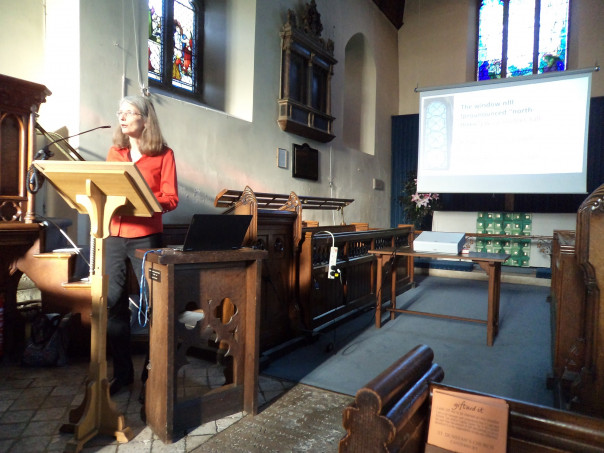
So to the Medieval Canterbury Weekend 2022 and here I just want to give you the week before: https://blogs.canterbury.ac.uk/kenthistory/mcw2022-and-kent-gateway-to-the-world-history-festival/ and then MCW 2022 itself!: https://blogs.canterbury.ac.uk/kenthistory/medieval-canterbury-weekend-2022/ when it was excellent to hear that our audiences greatly appreciated being back in person, thereby giving them the opportunity to talk to the various speakers after their lectures.
And for those interested in topics as different as mapmaking and rebellion in Kent, we had something for you too: https://blogs.canterbury.ac.uk/kenthistory/canterbury-maps-and-mapmakers-plus-other-events/ and https://blogs.canterbury.ac.uk/kenthistory/rebellion-over-the-centuries-the-kentish-experience/ which means I hope you will join us as we go into 2023 when there will be further events as we showcase the Centre’s excellent research and outreach activities, but in the meantime we would like to wish all readers of the Centre’s blog a very enjoyable festive season.
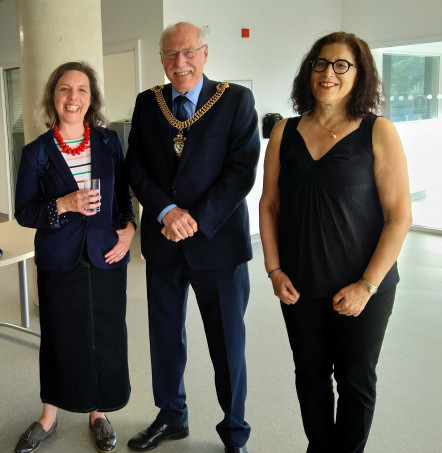
 Centre for Kent History and Heritage
Centre for Kent History and Heritage Sheila Sweetinburgh
Sheila Sweetinburgh 1381
1381